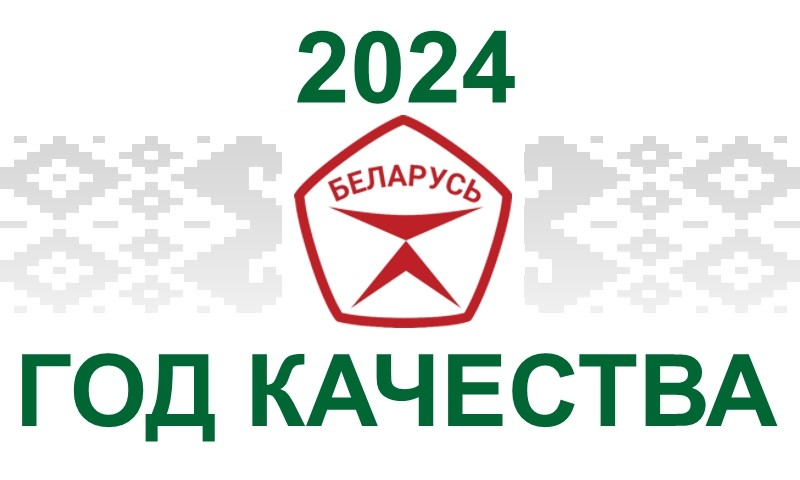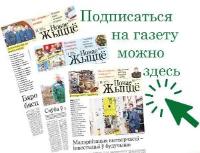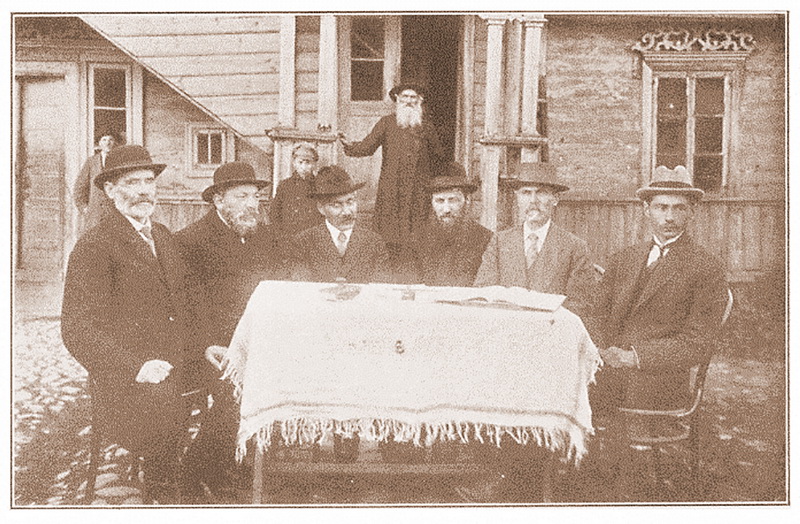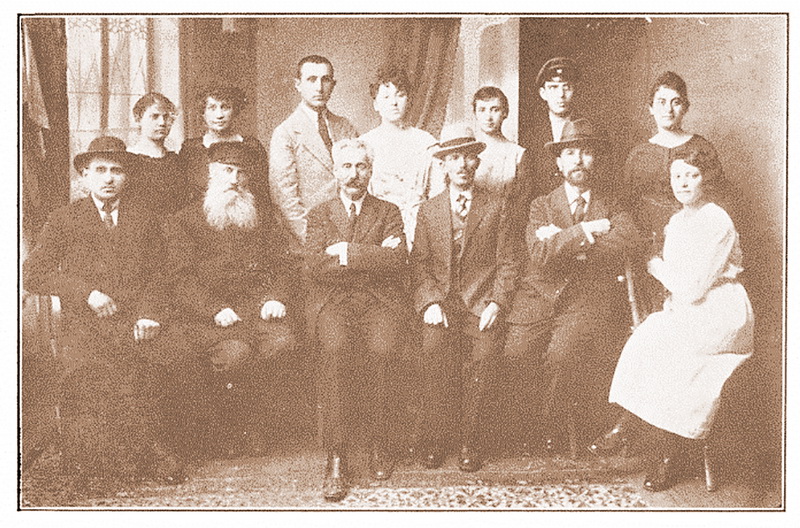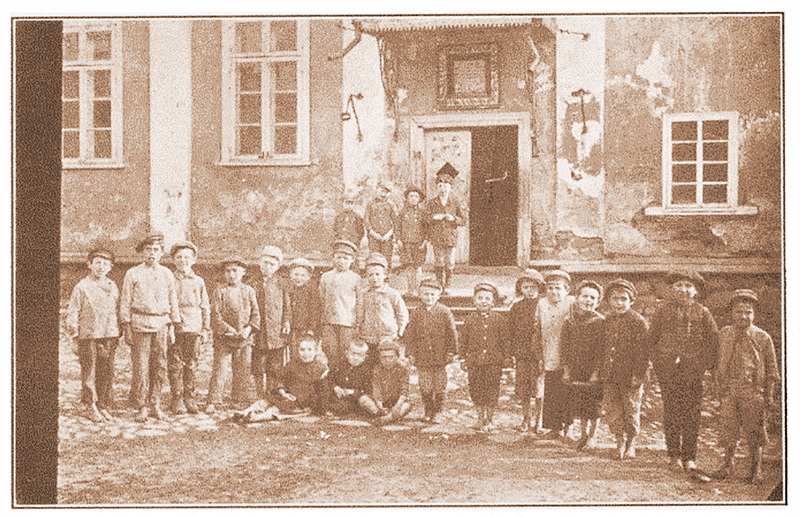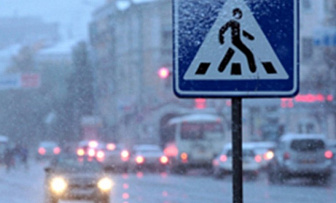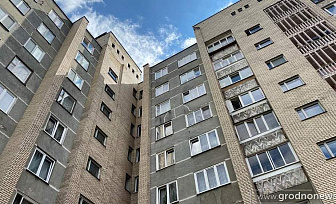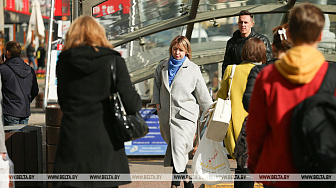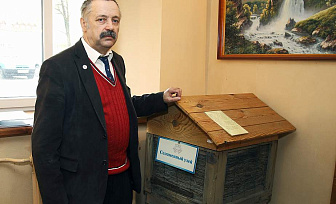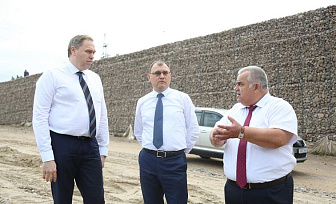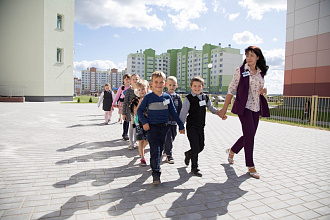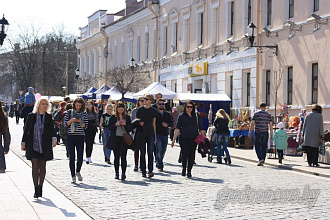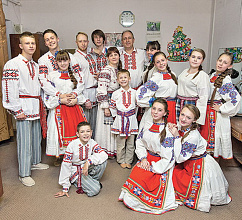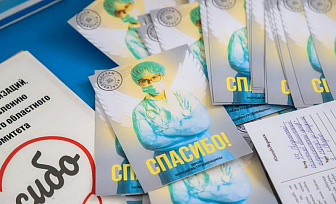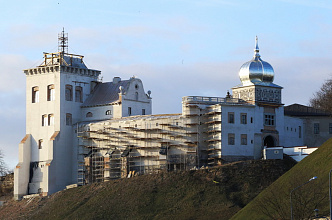The Holocaust is a terrible word. It still causes pain and sufferingin peoples’ hearts. Novogrudok Land was soaked in the blood of the victims of the Holocaust. Under the German occupation during the Second World War prisoners of the Novogrudok ghetto, suffering from famine, thirst and exhaustion, found the strength to resist. On September 26, 2018 we will celebrate the 75th anniversary of the daring escape of 223 prisoners from the local ghetto. It is one of the most famous acts of Jewish resistance to the Nazis. This day has become a symbol of grief and courage, a great desire for life and freedom. On the occasion of this date, the newspaper "New life" begins a new project "Live and Remember." The project will tell about the tragic fate of the Jews of Novogrudok, about people who live and keep the memory of the tragedy in order no one in the world will have to experience such grief and suffering.
The Jews in Novogrudok appeared in the XV century. They were first mentioned in the documents in 1529. In XVIІ-XVIІІ centuries the number of Jews in Novogrudok (Novardok in Hebrew) was already significant. On the eve of the World War II in Novogrudok there were six and a half thousand Jews living peacefully together with Belarusians, Poles, Russians. The Cold Shul (synagogue) was the center of qahal's life. The synagogue was situated in Jewish Street, behind St. Michael the Archangel Catholic Church. The proximity of the temples of different religions corresponded to the local tradition: in Novogrudok there lived people of different nationalities and religions.
Novogrudok іn 1935: Population: 9567 people, 1055 houses, 2 Roman Catholic churches, 2 Orthodox churches, 3 synagogues, 1 mosque, 2 gymnasiums (Polish and Belarusian).
« He alone is poor who does not possess knowledge»
The Talmud.
The greatest flowering of Jewish culture and life in Novogrudok took place between two World Wars. We can see the life of the Jewish communities due to Alexander Harkavy, a famous lexicographer and linguist, the native of Novogrudok. In the interwar period, Jews led extensive social and cultural activities. The Jewish intelligentsia (lawyers, doctors, teachers and merchants) was the most active. At that time a wide network of Jewish educational institutions of numerous branches developed. In the early XX century the girls who came from Jewish families studied in a four-year gymnasium. Half the students were Belarusians. After graduation, many of them worked as teachers. In 1919 the seven-class Jewish Hebrew-language school Tarbut was founded. There were so many people wishing to study there so they had to pass entrance examinations. There was a kindergarten for four to six-year-olds.
“The Novardok Yeshiva was special. It was the first of hundreds of yeshivas of Musar movement which focused less on training future rabbis but more on their dedicating to the service of God," recalls one of the students of the Novardok yeshiva David Zager in his book "Barrels".
«On three things the world stands. On Torah, On service [of God], And on acts of human kindness»
Pirkei Avot, Chapter 1:2
Among the educational institutions especially famous one was the Novardok yeshiva "Beth Josef / Beit Yosef " founded by Rabbi Joseph Josel Horowitz in 1896. He was known in the Jewish world as an expert of the Talmud and the founder of new directions in religious education. Horowitz demanded from his students the total devotion to Torah study and the complete shattering of personal desires, eradicating any vestige of evil habits.
The yeshiva has become a kind of spiritual center, which served as an example for other communities. Some students came to the yeshiva from Lithuania, Poland, the Caucasus and other countries. The yeshiva lasted until 1939, and then moved to Lithuania. In Lithuania students got transit visas and left for Shanghai and Yokohama in Japan. The visas were issued by Chiune Sugihara, also called Sempo Sugihara, a Japanese government official who served as vice consul for the Japanese Empire in Lithuania. Now the Novardok yeshiva operates in Jerusalem, London and New York.
«In all labor there is profit, but mere talk leads only to poverty».
Tanakh ("Proverbs of Solomon").
At the end of the XIX century there operated soap, brick, pottery, two tile factories and Cigarette Holder Factory in Novogrudok. The monopoly in the commercial and industrial business belonged to the Jews. The tile factory of Leitnaker was widely known. It produced 10 thousand units a year. In 1882, at the all-Russian exhibition, its products were awarded with a bronze medal. Three Breweries belonged to the merchants Leib Gurdus, David Yavmin and Mot Gurdus. The factory of Zelman Girsh Shlemovich was the most mechanized enterprise with the installed steam machine which had 214 horsepower. It produced glossy paper. In Trinity Street there worked the steam mill of Wilhelm Dziuba.
However, most of the Jews of the city were engaged in crafts. In 1877, the city had 27 of craftsmen and food-handlers, 70 tailors, 105 craftsmen, which produced agricultural tools. The Jews dominated all forms and types of trade, providing the population with everything necessary. The items of Jewish trade were even leeches. The resident of Novogrudok Shmuel Baranovich sold them, ordering this product from a Barber from Lyakhovichi Gershon Leizerovich.
Jewish shops were located in shopping malls in the Central square. The shops were mostly made of stone. For example, in 1877 the city had 86 stone and 10 wooden shops. This year the merchant Otar Luskiy opened a bookstore. Until that time, books in the city trade appeared periodically during the fair, when the Vilna printing houses sent their products here.
The Jews were engaged in the service sector. Such institutions as pharmacies, baths, hotels, photo studios, etc. belonged to them. In the late XIX – early XX century cooperation developed with the active participation of the Jews. There were partnerships of mutual loan, agricultural, savings, charity and mutual insurance. There were six insurance agents. For example, the agent Leo Harkavy insured crops from damage by hail. The results of industrial and agricultural life of the city, as well as its potential were demonstrated by the residents at the first County Zemsky agricultural and handicraft exhibition, held on August 29-September 1, 1913.
«The heart of the wise is in the house of mourning, but the heart of fools is in the house of pleasure».
Ecclesiastes 7:2-4.
Jewish charitable institutions also existed in the religious community. Since 1917, there had been an orphanage in the town. Its Board of Trustees gathered a group of volunteers who donated money every month and collected donations. Thanks to these efforts,school classes were opened, children were taught different crafts and were able to get medical care. There were 119 children aged 5 to 15 in the orphanage. The establishment existed up to existed before the Second World War. Mainly due to donations and partly due to the Town Treasury there was also a Jewish hospital. Poor residents of Novogrudok received medical care here. The hospital staff fought courageously the typhus epidemic that broke out during the World War I.
In the Jewish Street (now Sovetskaya Street) there was a nursing home, one of the oldest institutions of the community. It gave shelter to people aged 70 and older. Money for the nursing home came from charitable Jewish organizations and donations of Jews. It was cozy, quiet and comfortable here. People joked that the angel of death knew all the streets of the town, except the address of the nursing home, as it was not in the list.
People lived, worked, studied – peaceful life of Novardok, was full of hopes and dreams. But just a few years later (from December 1941 to the autumn of 1943) 10,000 Jews were killed in Novogrudok only.
“Who is considered ‘honored’? One who honors other people” –
Mishna Pirkei Avos, Chapter 4, Mishna 1
In Novogrudok, during the interwar period, there was the Amateur Jewish theater. Plays of classical literature by Sholem Ash and Gordin were staged in Yiddish there. Most of the proceeds from the performances went to charity. The Director was Leizer Rabinovich, who also sang with the choir. Quite often there were the performances of the Fire Department orchestra musicians of wchich were Jews. In the second half of the 1930s, two Jewish Newspapers were published in Novogrudok: Novogrodker Leben (Novogrudok Life) and Novogrodker Voch (Novogrudok week) (1935-1939). There were two Jewish libraries, one of them was public and numbered 300 volumes of literature in Yiddish
How intense the public life in Novogrudok of interwar period was can be represented by the monthly reports of the police found in the archives. Наколькі насычаным было грамадскае жыццё ў Навагрудку міжваеннага часу, можна ўявіць з дапамогай памесячных справаздач паліцыі, якія захаваліся ў архівах. For example: July in 1926: the meeting of the members of Jewish Bank was held. There were about 1000 participants. They decided to open Jewish Casino in Novogrudok.
According to the report in April 1926: on April 4 the lecture by Dr. Marmorstein, Director of the Jewish hospital was held in the building of the Union of Jewish craftsmen. The theme of the lecture was "the Unseen World (our microscopic enemies and friends)" how to fight typhus. On April 10 there was an evening in memory of the writer Peretz in the building of the fire brigade. 400 people attended the event. Lawyer-Intern Humaner lectured about writer’s life and work. Then the Jewish orchestra played the Funeral March by Chopin, and the local Jewish youth choir sang several Jewish songs. On April 17, in the cinema "The Chase" Dr. Marmerstein gave a lecture in Jewish with lantern-slides on the topic: "Tuberculosis and How to Fight it", 100 people came.
By H. Gantsevich.
Translated by H. Chal.



